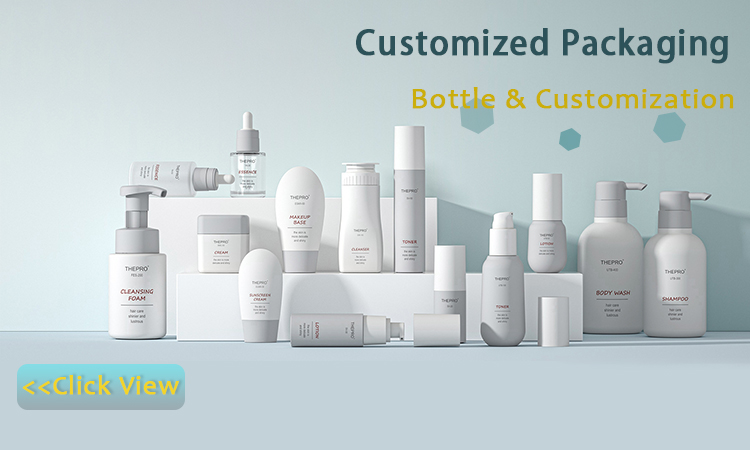Europe is expected to account for 23% of the global High Density Polyethylene (HDPE) bottle market. Recycled HDPE bottles are a new alternative being used by manufacturers to reduce dependence on raw material prices.
NEWARK, Delaware, Oct 28, 2022 (GLOBE NEWSWIRE) — The global high-density polyethylene (HDPE) bottle market is expected to stagnate at around 3.4% over the forecast period from 2022 to 2032 at a compound annual rate growth. The global market share is expected to reach $52,533.5 million in 2022 and could exceed $73,390.9 million by 2032.
The advent of panelless technology is extremely valuable. The panelless technology not only solves several problems, but also allows the bottle to withstand harsh temperatures while absorbing vacuum deformation, which helps shape the sidewall. This allows manufacturers to achieve the performance, aesthetics and feel of glass.
High-density polyethylene (HDPE) bottles are gaining popularity during the forecast period for various reasons. Manufacturers are paying more attention to key trends in custom bottle making that are expected to bring huge benefits to the market. He assists end users by designing and developing custom bottles that effectively meet the specific needs and requirements of customers. In addition to this, it is necessary to develop not only individual bottles, but also supply plans that optimize packaging requirements throughout the supply chain.
According to the latest research, in 2015 the blow molding market segment was considered the largest. This particular type of HDPE bottle is in high demand and has excellent properties including heat resistance and tensile strength, which is expected to expand its application in various aspects. In addition to food and beverages, HDPE blown bottles are widely used for packaging lubricants and pharmaceuticals. A major player in the market specializing in the installation of aerosols and dispensers, including “airless” packages or high density polyethylene bottles with a dosage of 300 microliters. With these bottles available in various sizes including 50ml, 100ml, 200ml, etc., these bottles are ideal for beauty products such as creams and perfumes.
The high-density polyethylene (HDPE) bottle market continues to grow amid growing demand for sustainable packaging and increased use of high-density polyethylene (HDPE) bottles in the country. The market for high-density polyethylene (HDPE) bottles is expected to grow significantly in the future due to the ease of recycling HDPE plastic, which helps eliminate non-biodegradable waste from landfills.
Unlike various other materials, High Density Polyethylene (HDPE) is extremely mold, mildew and corrosion resistant, making it the most suitable material for making bottles. In addition, HDPE bottles are effectively boil-sterilized, making them ideal for food and beverage storage. Given these characteristics, the demand for high-density polyethylene (HDPE) bottles is expected to increase.
Key market players in the industry are benefiting from joint ventures to pool resources and reach a wider customer base by increasing awareness of the benefits of related products. HDPE bottles are expected to be sold at affordable prices to reach a global audience. Also, a large percentage of people seem to travel long distances for work and need durable bottles. Therefore, manufacturers are developing ultra-light HDPE bottles.
North America is expected to dominate the global high-density polyethylene (HDPE) bottle market, accounting for approximately 27% of the total market share. North America has strict rules and regulations regarding the use of certain grades of plastic bottles and thus dominates the global market.
Most HDPE bottles are of concern due to their chemical composition. Europe is the second largest market after the US, accounting for about 23% of the global market. According to the bottled water organization, plastic containers for drinking water are preferred in the region.
The growing demand for healthy food alternatives is also being met by fresh milk, which is considered more nutritious and healthier than shelf-stable milk. In addition, the fast-paced lifestyle encourages the region’s working class to consume packaged drinks on the go. In the European Region, many manufacturers of ready-to-drink beverages use recycled HDPE bottles.
Market share of HDPE film: The use of the HDPE film market is growing along with the pharmaceutical and automotive industries, especially in the European region.
Bottle market forecast. The global bottle market is expected to reach a market valuation of $108 billion by 2022, with a CAGR of 5.0% between 2022 and 2032 to increase.
Market volume of PET bottles made from sugarcane. The driving forces behind the growth of sugarcane PET bottles are the volatility of crude oil prices and high resistance to breakage.
Demand in the sealing wax market: In addition, the launch of a new range of sealing wax known as “CalGlo” is expected to drive growth in the global sealing wax market.
Bottled Boat Market Growth: The global bottled boat market is expected to reach US$4.6 billion by 2022 and grow at a CAGR of 2.5% during the forecast period from 2022 to 2032.
Post time: Oct-31-2022
